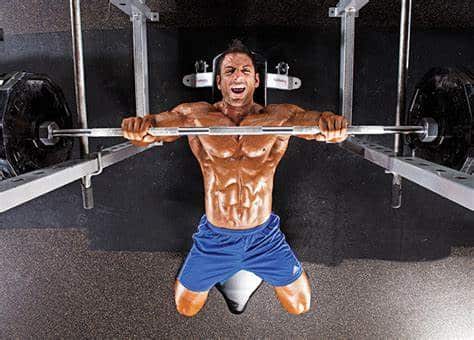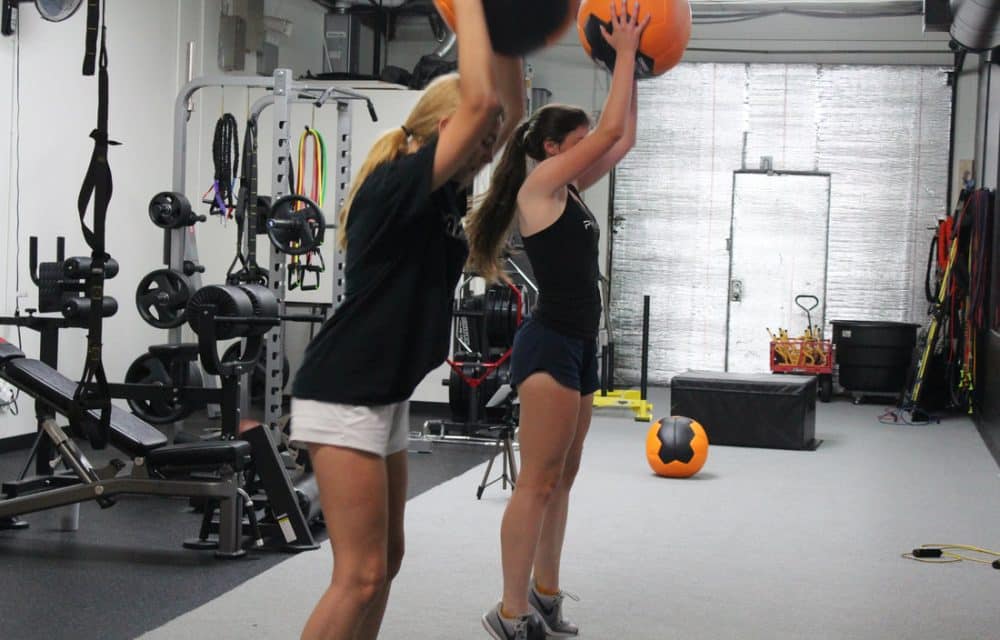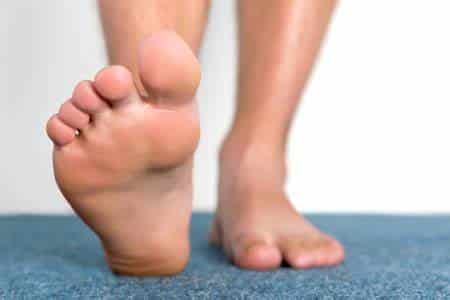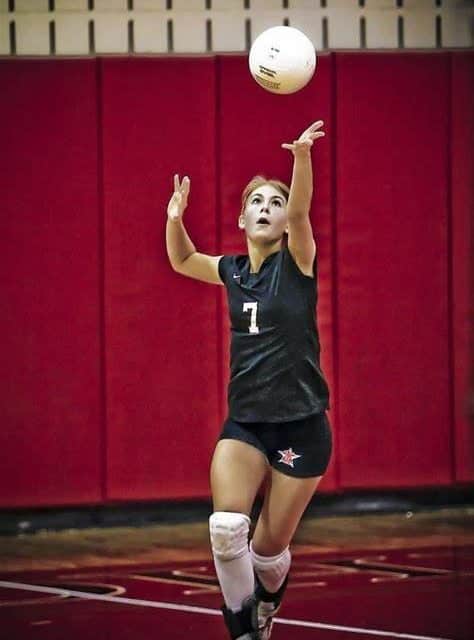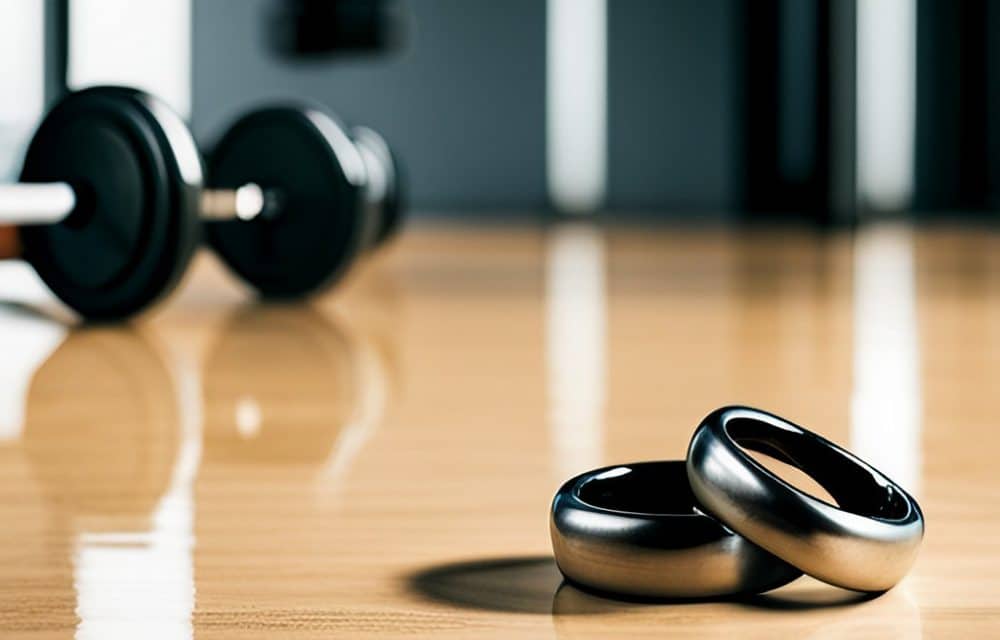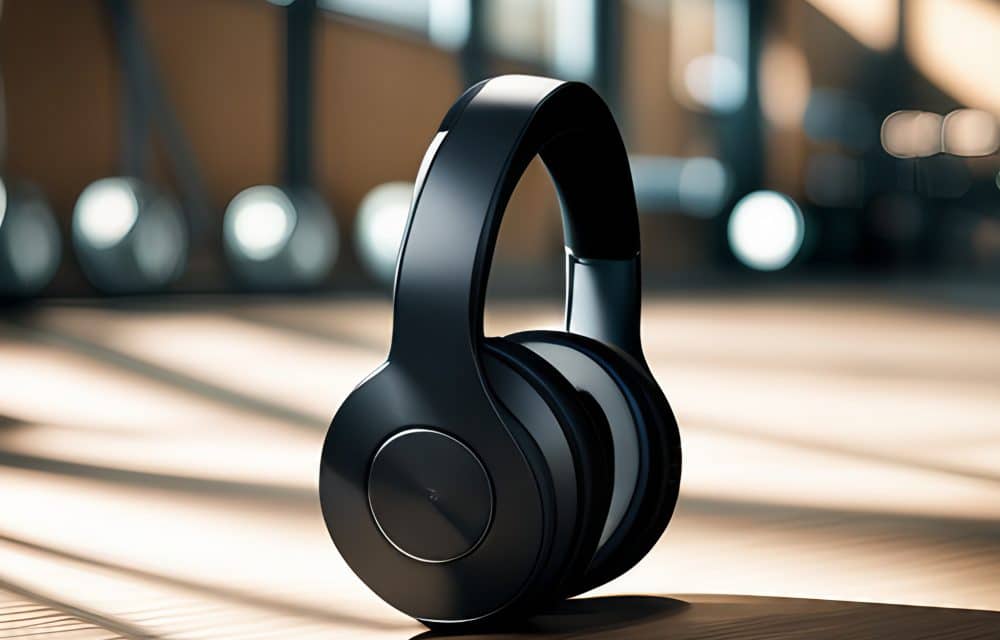Breaking the Barrier: Unleashing the Potential of Athletes through Speed Training
The importance of speed training for every athlete cannot be overemphasized. Speed is a critical factor in almost every sporting activity, from sprinting races to basketball games and football matches. But, beyond the need to improve your speed, speed training has a more fundamental importance that goes beyond the physical. It may come as a surprise to many, but speed training creates a profound effect on your nervous system. This effect can have a significant impact on the body’s muscle contractile properties, leading to improved strength, power, and endurance properties. This post will explore how speed training can benefit your nervous system and ultimately improve your athletic performance.
The body’s muscle function depends on the ability of the nervous system to send signals to the muscle fibers to contract. As such, your nervous system has a direct impact on your body’s strength, speed, and power. How does speed training come into the picture?
Speed training exercises focus on developing your body’s fast-twitch muscles. Fast-twitch muscles contract at a faster rate than slow-twitch muscles, making them ideal for high-intensity exercises such as sprinting. During speed training, your body’s overreliance on slow-twitch muscles is reduced, and fast-twitch muscle fibers are activated. This change in muscle fiber activation enhances the nervous system’s communication with these muscle fibers to contract, leading to improved strength and power output.
Motor Unit Recruitment
Additionally, speed training can help improve motor unit recruitment. Motor unit recruitment refers to the recruitment of motor neurons and muscle fibers during a muscle contraction.
The more motor neurons recruited during a contraction, the more muscle fibers are activated, resulting in increased strength and power.
Speed training requires high levels of motor unit recruitment, leading to better synchronization between the nervous system and the muscles. This synchronization improves the muscle’s contractile properties, enabling quick, explosive movements required in high-intensity activities like sprinting, jumping, and throwing.
Neuromuscular Efficiency
Speed training enhances the body’s neuromuscular efficiency. Neuromuscular efficiency is the ability of the nervous system to produce a muscle contraction with minimal energy expended, leading to improved performance. Efficient muscle activation helps improve movement patterns, reducing the risk of injury and improving overall athletic performance. Speed training exercises require coordinated movement between the upper and lower body, developing the body’s proprioceptive abilities. This development of the proprioceptive system, responsible for sensing joint position and movement, leads to better movement and coordination during athletic activities, improving your performance.
Metabolic Efficiency
Speed training also impacts the body’s metabolic efficiency. Metabolic efficiency refers to the ability of the body to use substrates efficiently to produce energy for muscle function. A well-developed metabolic system allows athletes to perform better in high-intensity activities over prolonged periods. When you engage in speed training, the body undergoes metabolic adaptations, leading to improvements in the body’s oxidative capacity—a critical factor in endurance activities.
As you can see, speed training should be an integral part of any athlete’s training program. The benefits of speed training go beyond just improving an athlete’s speed and power. Speed training improves motor unit recruitment, neuromuscular efficiency, and metabolic efficiency, resulting in better overall athletic performance.
A well-developed nervous system enhances the muscle’s contractile properties, improves movement patterns, and increases the body’s metabolic efficiency. Athletes at all levels and sport can reap the benefits from speed development. Even athletes in sports that have low volumes of sprinting itself (volleyball, baseball, golf), sprint training will have major carryover because of the internal adaptations. The same holds true even for the adult seeking better fitness.


